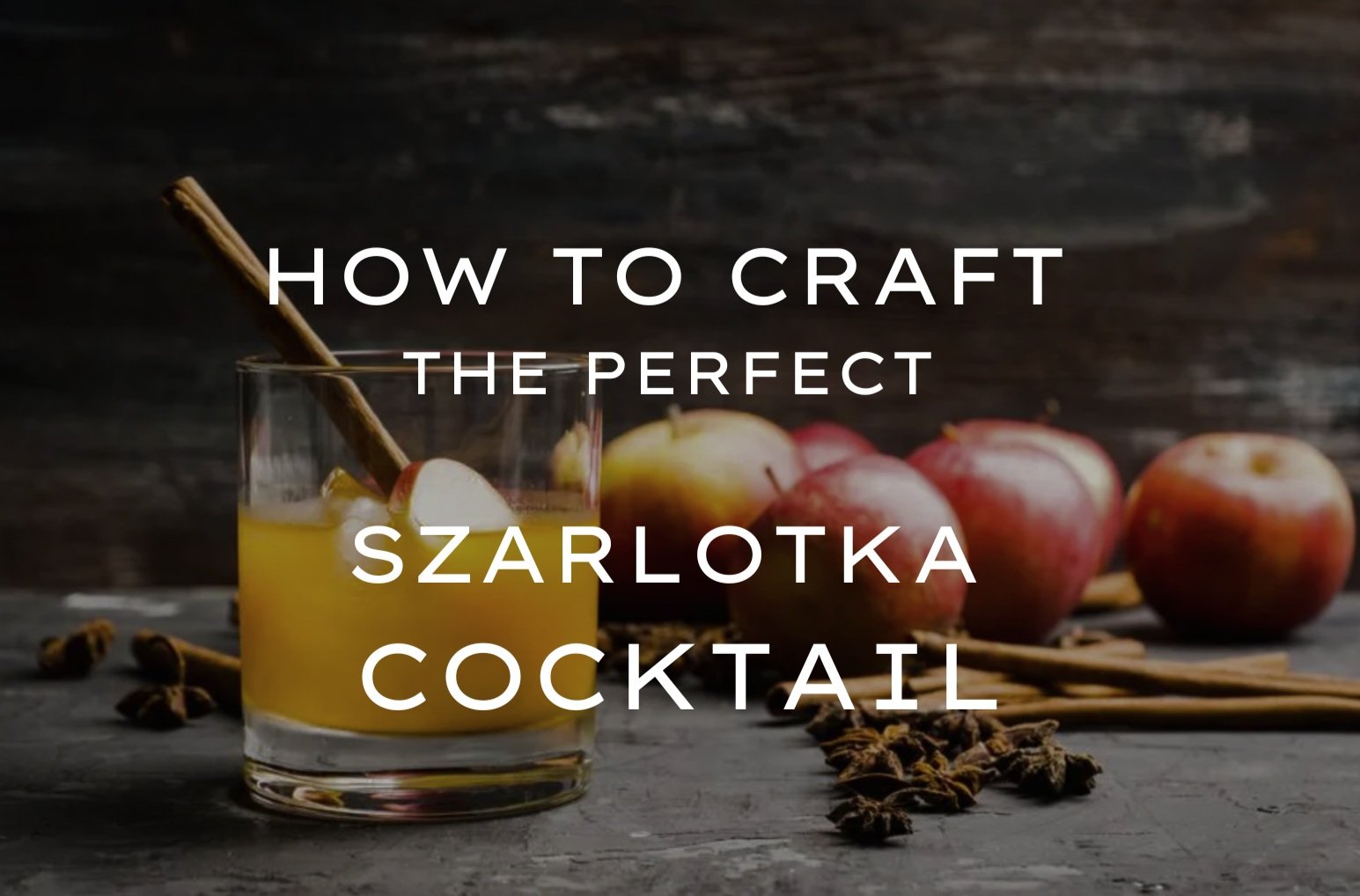
The Science Behind Why Pączki are Less Greasy Than American Donuts
The high moisture content of Pączki allows them to repel fat when fried at high temperatures while American donuts, often lighter in moisture content, may not have this advantage, leading to increased oil absorption and a heavier, greasier product post-frying.

Beyond Fat Tuesday: Why Pączki Deserve More Than a Day!
Fat Tuesday, also known as Pączki Day, is a beloved tradition in Polish culture and beyond. It's a day when people indulge in these delectable, filled pastries before the start of Lent. But why limit the enjoyment of pączki to just one day a year? At Polish Pantry, we believe that these heavenly treats deserve to be celebrated year-round!

Bringing the Polish Paczki Tradition to Colorado: Celebrating Fat Tuesday in Style
Fat Tuesday, or Mardi Gras, is celebrated around the world with colorful parades, lively festivities, and, of course, indulgent treats. While New Orleans is famous for its king cakes and beignets, another delectable delight reigns supreme in Poland and among Polish communities worldwide: paczki (pronounced "punch-key"). These rich, filled doughnuts have become synonymous with indulgence and celebration, especially on Fat Tuesday. But what if you're in Colorado, far from the heart of Polish tradition? Fear not, because we're bringing the authentic taste of paczki right here to the Centennial State!

Fat Tuesday, Fat Thursday, and Pączki Day: A Tale of Three Celebrations in Poland and Abroad
When it comes to indulging in delicious pastries, Poland and its diaspora have not one, but three special days dedicated to the cause: Fat Tuesday, Fat Thursday, and Pączki Day. While these celebrations share similarities, they each have unique traditions and significance, both in Poland and in communities abroad. Let's delve into the differences and the delicious details that make each of these days special.

The Sweet History of Pączki: Tracing the Origins of Poland's Beloved Pastry
When it comes to Polish culinary traditions, few items are as universally adored as the pączki. These delicious, filled doughnuts have a rich history that stretches back centuries, deeply intertwined with Poland's cultural and religious practices. But where did pączki come from, and how did they become such an integral part of Polish life? Let's delve into the sweet history of this iconic pastry.

The Quintessential Flavors of Pączki: A Guide to Poland's Favorite Fillings
When it comes to pączki, Poland's beloved filled doughnuts, the variety of flavors is as rich as the history behind these delicious pastries. While you can find pączki filled with everything from Nutella to mocha in some modern bakeries, traditional flavors still reign supreme in Poland. Let's explore some of the most popular fillings that have captured the hearts and taste buds of Poles for generations.

A Taste of Poland: Crafting the Perfect Szarlotka Cocktail
The Szarlotka [shar-lote-ka], affectionately known as "Polish Apple Pie" in a glass, is a delightful cocktail that captures the essence of Polish hospitality and tradition.

From Farm to Table: The Polish Way
Poland's culinary heritage is a rich tapestry woven from centuries of agricultural tradition, regional influences, and a deep love for hearty, flavorful food. From the bustling markets of Warsaw to the rolling fields of the Polish countryside, the nation's culinary landscape is as diverse as it is delicious.

Zakąski, The Perfect Platter: Assembling a Traditional Polish Spread
In the heart of Polish culinary tradition lies the art of Zakąski, an array of appetizers that grace the tables during gatherings, celebrations, and festive occasions. More than just a starter, Zakąski is a symbol of Polish hospitality, a way to welcome guests and set the tone for a delightful meal.
